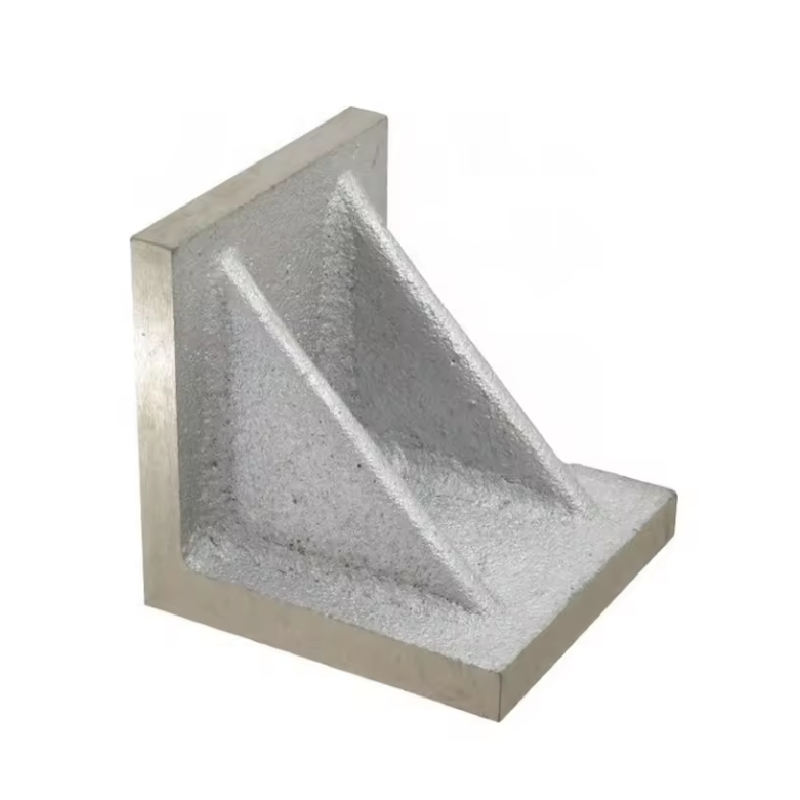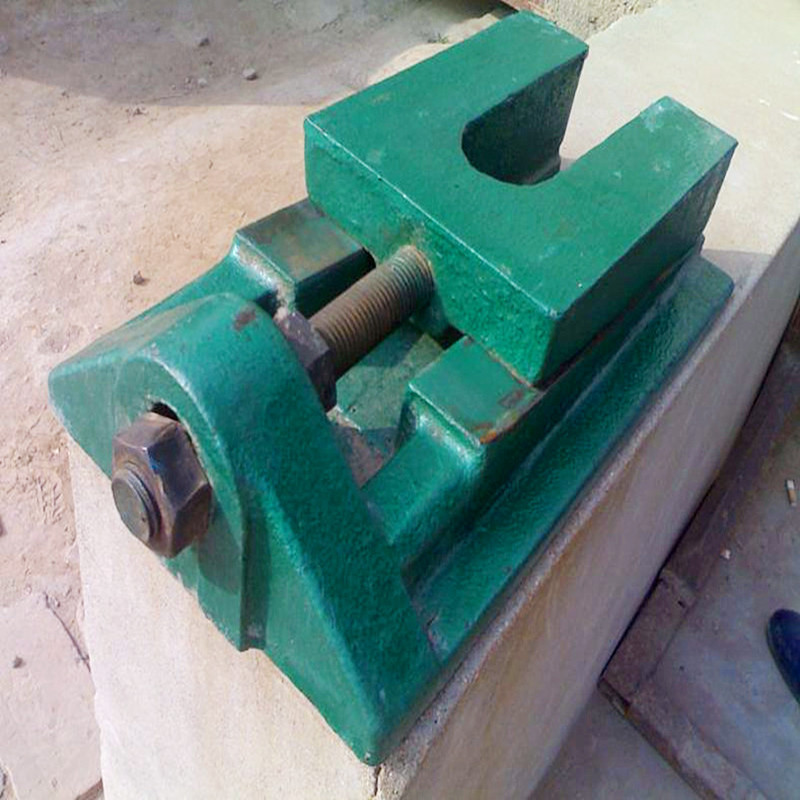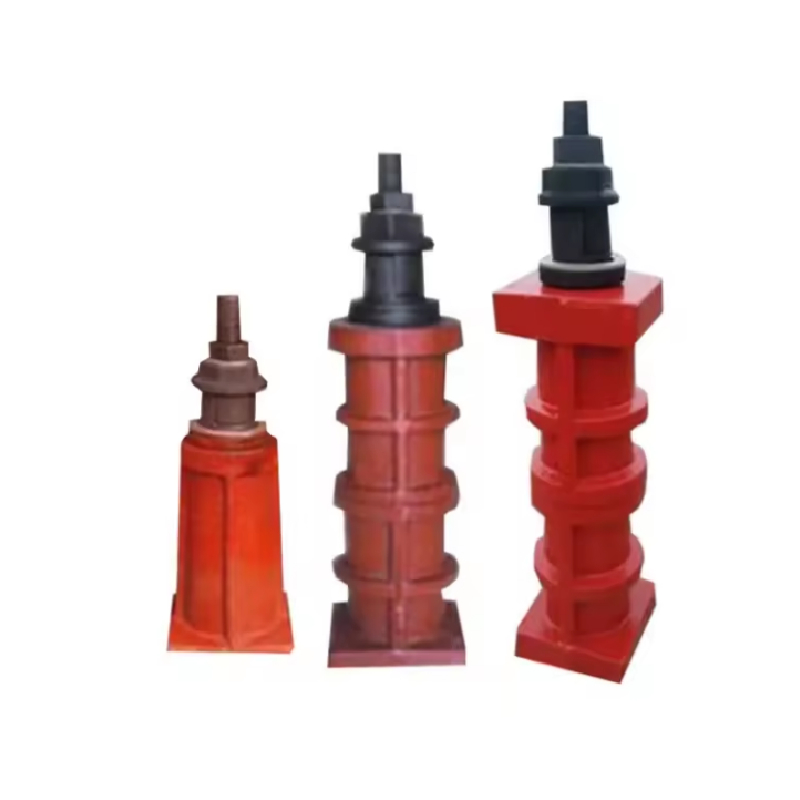ივლ . 28, 2025 10:10 სიაში დაბრუნება
How Seat Material Affects Performance in Butterfly Valve Applications
The performance of a butterfly valve largely depends on its seat material, which directly impacts sealing capability, durability, and compatibility with different media. Whether you're a wholesaler offering butterfly valve wholesale options or an end-user searching for the best butterfly valve for sale, understanding seat materials is crucial. This article explores how butterfly valve seat type influence functionality in various industrial applications.
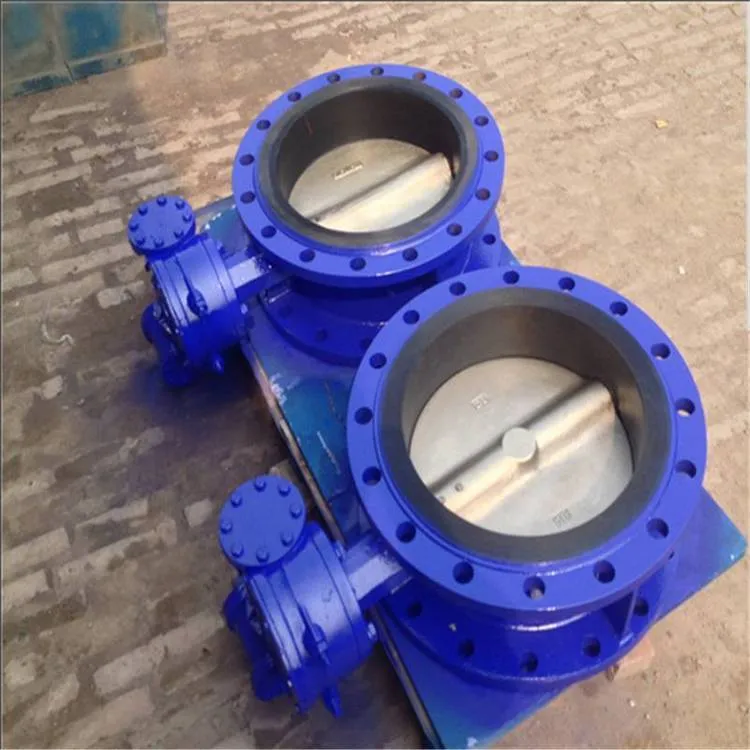
The Critical Role of Butterfly Valve Seat Materials
The seat in a butterfly valve forms the primary sealing surface between the disc and valve body. Different butterfly valve seat type offer distinct advantages:
Elastomer Seats (NBR, EPDM, Piton) – Provide excellent sealing at low pressures and temperatures.
PTFE Seats – Offer chemical resistance and moderate temperature tolerance.
Metal Seats (Stainless Steel, Colonel) – Withstand extreme temperatures and abrasive media.
Choosing the right seat material ensures leak-proof operation and extends valve lifespan, making it a key factor in butterfly valve selection.Moreover, elastomer seats are often chosen for their cost-effectiveness and ease of maintenance, as they can be easily replaced when worn out. PTFE seats, on the other hand, are ideal for applications involving corrosive chemicals due to their non-reactive nature. Metal seats, though more expensive, are crucial in high-temperature or high-pressure environments where other materials would fail. Therefore, understanding the specific operating conditions of your system is vital when selecting the appropriate butterfly valve seat type.Additionally, the durability of the seat material is another aspect to consider. Elastomer seats, while cost-effective, may not offer the same longevity as metal or PTFE seats in harsh environments. PTFE seats, though resistant to chemicals, can be susceptible to mechanical damage if not properly supported. Metal seats, while robust, may require special coatings or alloys to resist corrosion in certain applications.Furthermore, the design of the seat and its interaction with the disc is also crucial. A well-designed seat ensures uniform sealing pressure across the disc, minimizing the risk of leaks. Some butterfly valves feature adjustable seats, allowing for fine-tuning of the sealing pressure to accommodate variations in system pressure or temperature.In conclusion, the selection of the butterfly valve seat type is a multi-faceted decision that involves considering the operating conditions, material durability, and seat design. Choosing the right seat material can significantly enhance the performance and lifespan of the valve, ensuring reliable and efficient operation of the system.

Comparison of Common Butterfly Valve Seat Types
The following table highlights the performance characteristics of different butterfly valve seat type:
|
Seat Material |
Max Temp (°C) |
Max Pressure (PSI) |
Best For |
Lifespan |
|
NBR (Nit rile) |
80°C |
150 |
Water, air, oils |
5-7 years |
|
EPDM |
120°C |
150 |
Hot water, steam, chemicals |
5-8 years |
|
Piton (FKM) |
200°C |
150 |
Aggressive chemicals, fuels |
6-10 years |
|
PTFE |
200°C |
250 |
Corrosive acids, solvents |
7-12 years |
|
Stainless Steel |
600°C |
600 |
Steam, high-pressure gas |
10-15+ years |
Key Takeaways:
Soft seats (NBR, EPDM, Piton) are ideal for water and low-pressure applications.
PTFE seats excel in chemical processing due to superior corrosion resistance.
Metal seats are necessary for high-temperature steam and abrasive flurries.
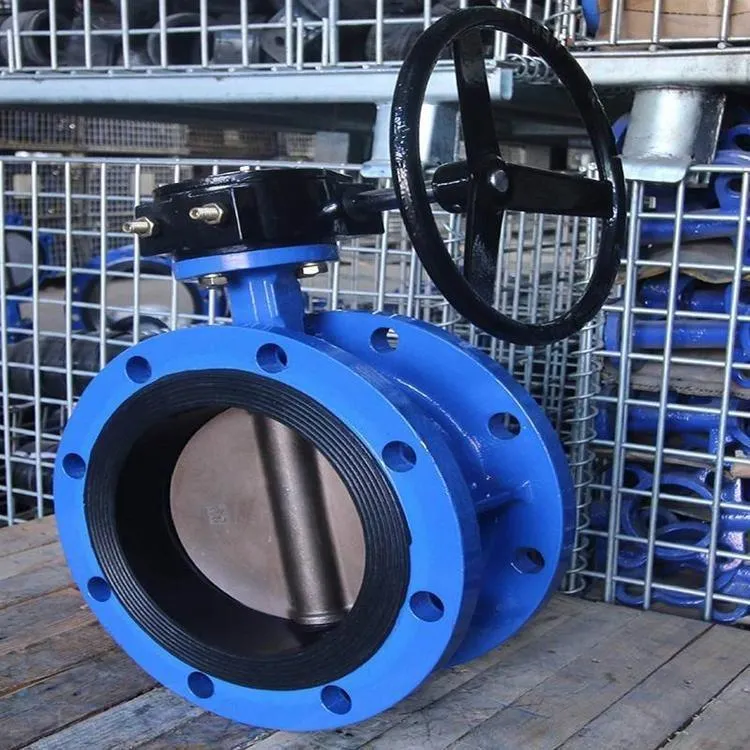
Impact of Seat Material on Butterfly Valve Performance
Sealing Efficiency
Elastomer seats provide bubble-tight sealing but degrade under high heat.
Metal seats require precise machining for effective sealing but last longer in harsh conditions.
Chemical Compatibility
Piton and PTFE seats resist acids, alkali, and hydrocarbons.
EPDM seats handle ozone and chlorine but swell in petroleum-based fluids.
Temperature & Pressure Limits
Soft seats fail above 150°C, while metal seats operate beyond 600°C.
Interlined seats balance chemical resistance and moderate pressure handling.
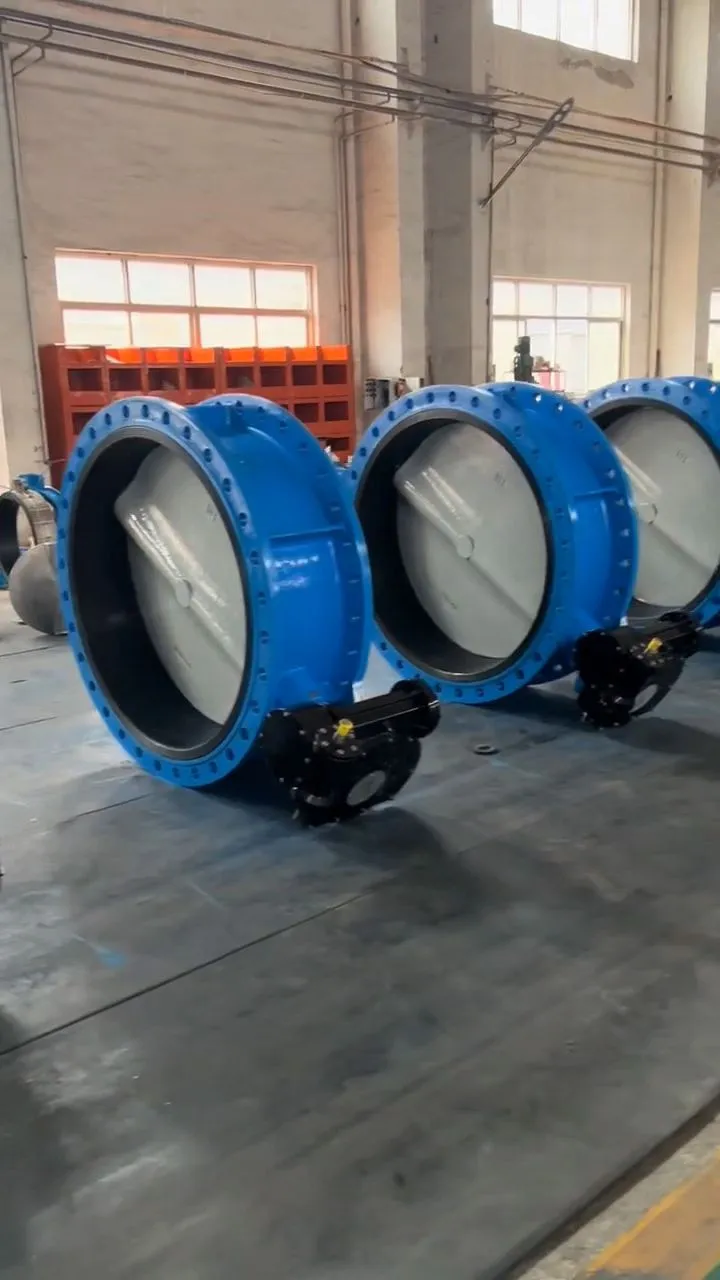
Butterfly Valve Selecting the Right Seat for Your Application
Water & Wastewater Treatment
EPDM seats (cost-effective, good for chlorinated water).
Oil & Gas Pipelines
Piton seats (fuel-resistant) or metal seats (high-pressure gas).
Chemical Processing
PTFE seats (handles acids, solvents).
Steam & Power Plants
Stainless steel seats (withstands high-temperature steam).
Pro Tip: When sourcing butterfly valve wholesale, ensure seat materials match the intended media to avoid premature failure.
Butterfly Valve FAQs
Which seat material is best for drinking water applications butterfly valve?
EPDM seats are FDA-approved for potable water and resist chlorine degradation, making them ideal for water treatment plants.
Can a butterfly valve with PTFE seats handle high-pressure steam?
No, PTFE seats are limited to 200°C. For steam above this temperature, metal-seated butterfly valve are required.
How does butterfly valve to NBR for chemical resistance?
Piton seats outperform NBR in aggressive chemicals (acids, fuels) but cost more. NBR suits oils and water applications.
Do metal-seated butterfly valve require more maintenance?
Yes, metal seats need occasional lapping to maintain sealing but last longer in abrasive services than soft seats.
Where can I find high-quality butterfly valve for sale with different seat options?
We supply butterfly valve with all major seat types—contact us for wholesale pricing and custom configurations.For butterfly valve wholesale distributors and industrial buyers, selecting the right seat material ensures optimal performance. Our butterfly valve for sale include:
Multiple seat options (NBR, EPDM, PTFE, metal)
Certified for industry standards (API, ISO, AWWA)
Bulk order discounts available
Contact us today to discuss your requirements and get the best butterfly valve solutions for your applications!
-
V Blocks for Sale: Types, Uses, and Best Heavy-Duty Frame V OptionsსიახლეებიJul.28,2025
-
The Process of Creating Precision Granite Stone BlocksსიახლეებიJul.28,2025
-
Key Factors When Selecting Ball Valves for SaleსიახლეებიJul.28,2025
-
How Seat Material Affects Performance in Butterfly Valve ApplicationsსიახლეებიJul.28,2025
-
Guide to Plain Ring Gages for Industrial Quality ControlსიახლეებიJul.28,2025
-
4 Flanged Y Strainer Configurations for Heavy-Duty SystemsსიახლეებიJul.28,2025
Მსგავსი პროდუქტები




